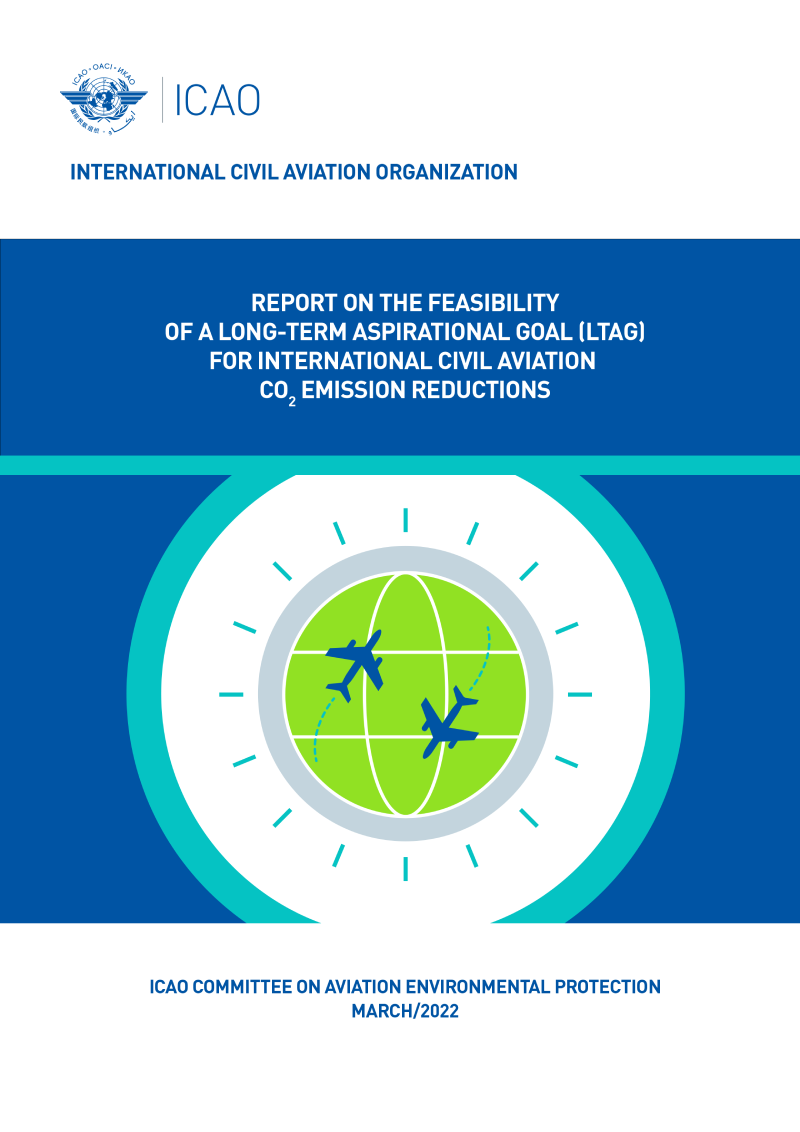Long term global aspirational goal (LTAG) for international aviation
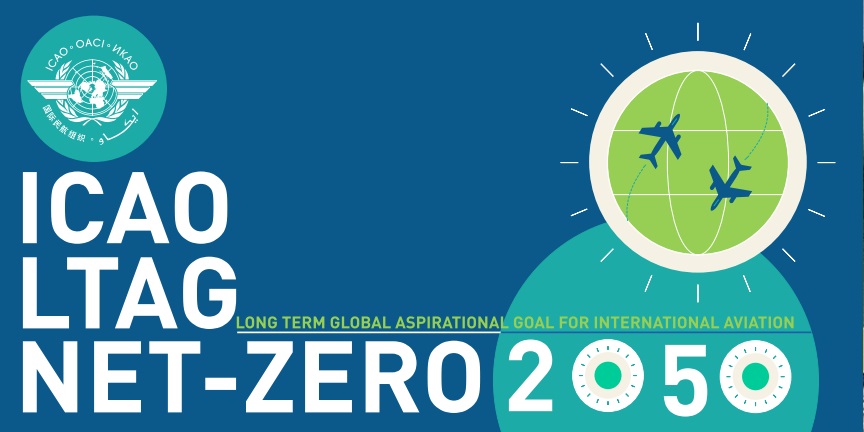
LTAG and fuels
This website provides a description of the fuels-related information contained in the LTAG analysis, including links to the relevant documents with further details.
ICAO Doc 10178 - Report of the HLM-LTAG The Report of the High-Level Meeting on the Feasibility of a Long-Term Aspirational Goal for International Aviation CO2 Emissions Reductions (HLM-LTAG) is available in all ICAO languages as ICAO Doc 10178.
| 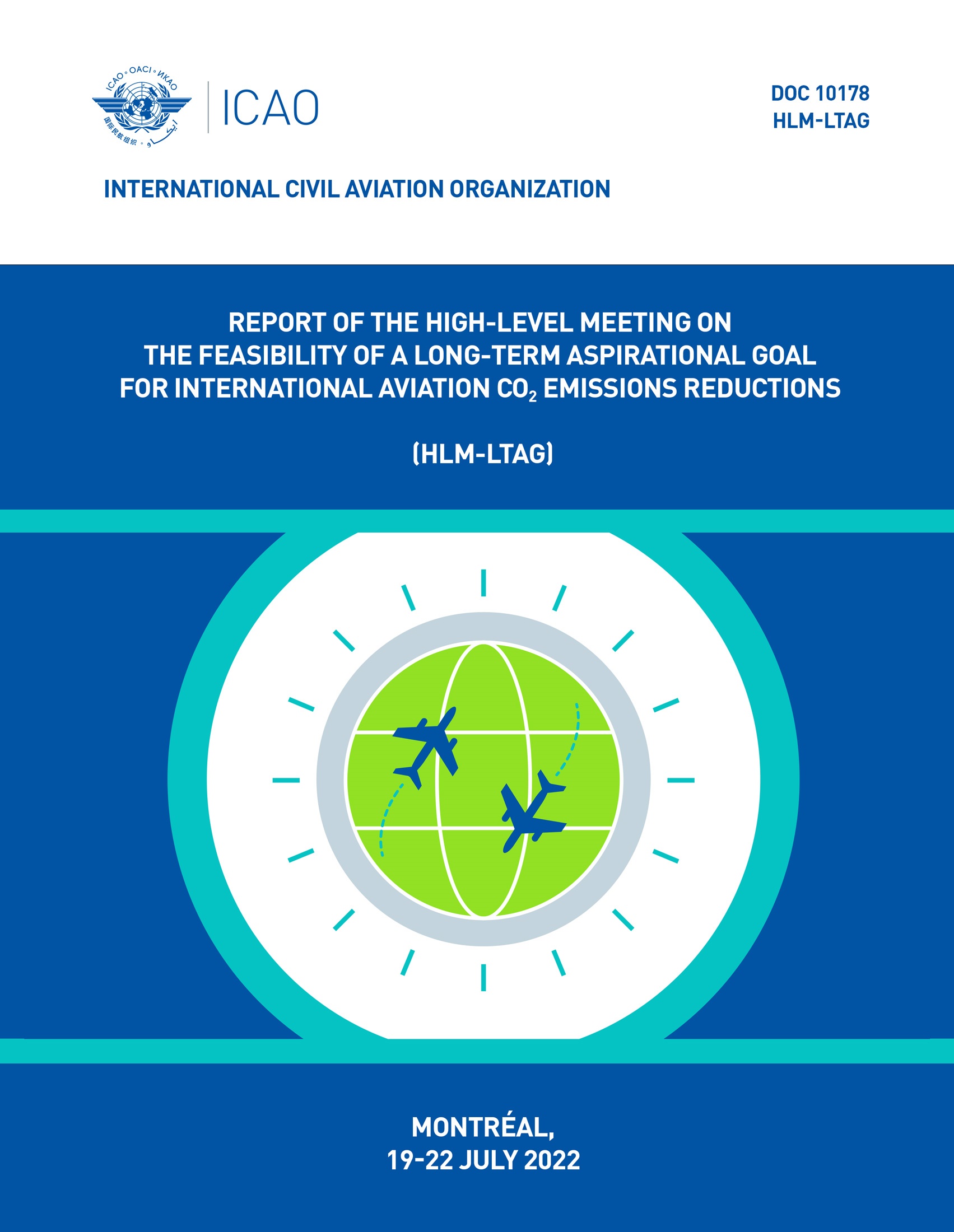 |
|---|---|
LTAG ReportThe LTAG Report present the background, methodologies, results and interpretations of the LTAG feasibility study developed by the ICAO CAEP. For transparency and comprehensiveness, a set of Appendixes is also available to provide more detailed information on modelling approaches, methodologies, models, assumptions, and the results. The LTAG report is now available, in all the 6 ICAO Languages. | |
LTAG Data Spreadsheet In addition to the LTAG Report, data developed by ICAO CAEP, as provided in the LTAG report, is available to support States that wish to their own analysis, noting that any additional analysis carried out by States will not be considered as part of the CAEP's work. |
|
LTAG - Questions and AnswersA compilation of the questions and answers exchanged, both verbally and in written format, during the first day of the five regional 2022 ICAO LTAG GLADs sessions has been published here. | 
|
Council briefing - LTAG reportA briefing outlining the approach, methodology, and high-level results and observations of the LTAG analysis is available at ICAO.TV. | 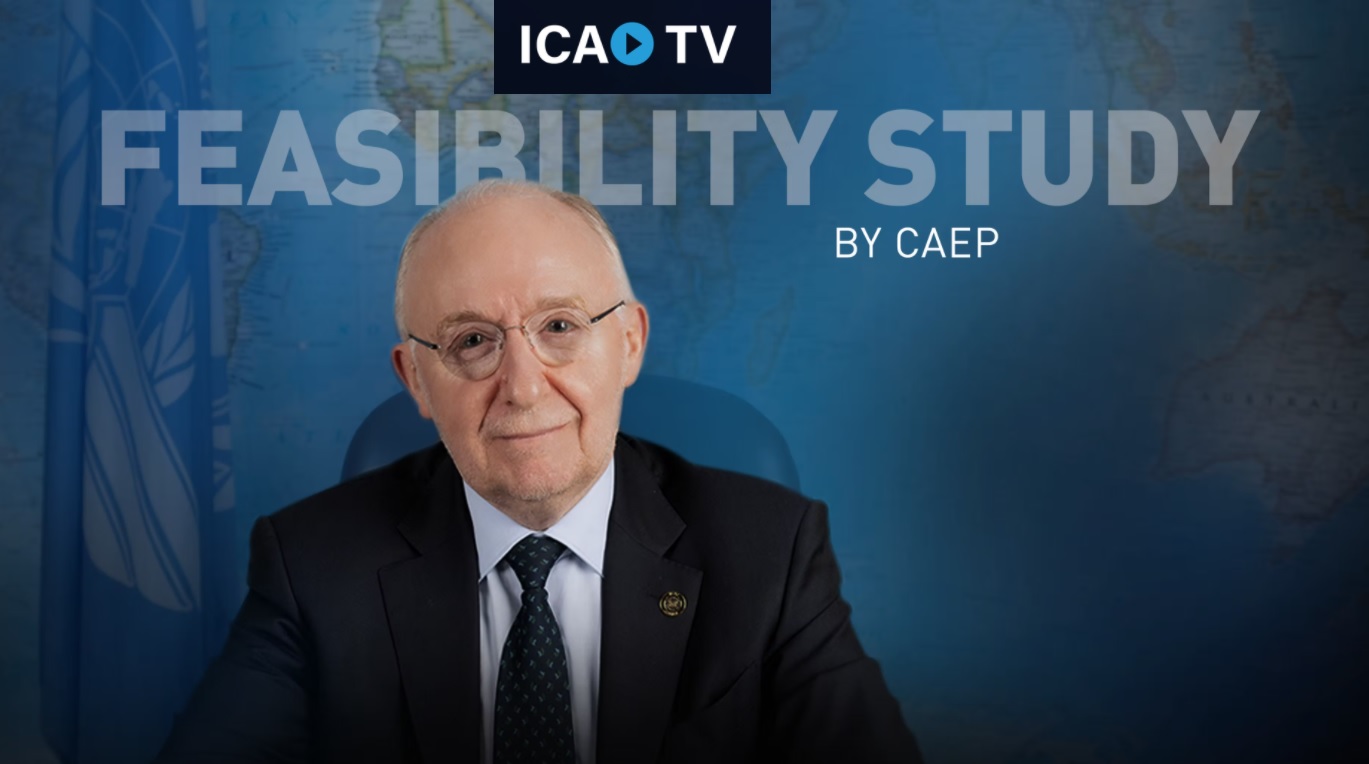
|
Videos - LTAG Report Introduction
A description of the LTAG report is provided in the following videos, also in all the 6 ICAO Languages.
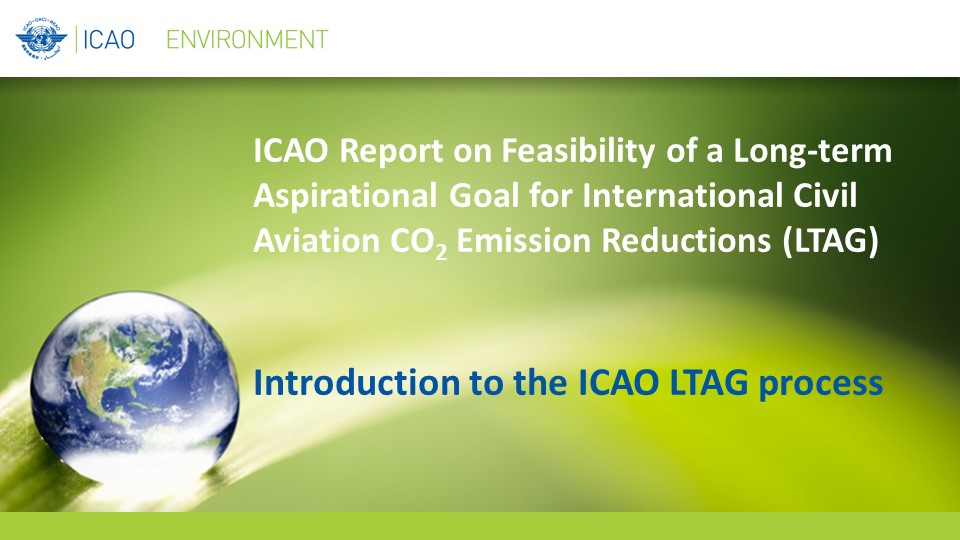 | |
___________________________________________________________
2022 LTAG GLADs - 28 March to 8 April 2022
2022 ICAO Stocktaking – 18 July 2022
The 2022 ICAO Stocktaking will provide a further opportunity on the progress of innovations in aviation CO2 emissions reductions, and enable the sharing of the latest relevant information on technology, operations and fuels. This will set the scene for the subsequent ICAO High-level Meeting on the Feasibility of a Long-term Global Aspirational Goal (HLM-LTAG), to be held as a hybrid event from 19 to 22 July 2022.
Other relevant LTAG documents
- Recommendations of the ICAO Council can be found in Assembly Working Paper A41-WP/368 (international aviation and climate change) and A41-WP/369 (update of Assembly Resolution A40-18). The report of the Executive committee is contained in A41-WP/658.
- The conclusions of the HLM-LTAG (also refer to ICAO Doc 10178 for HLM-LTAG Report).
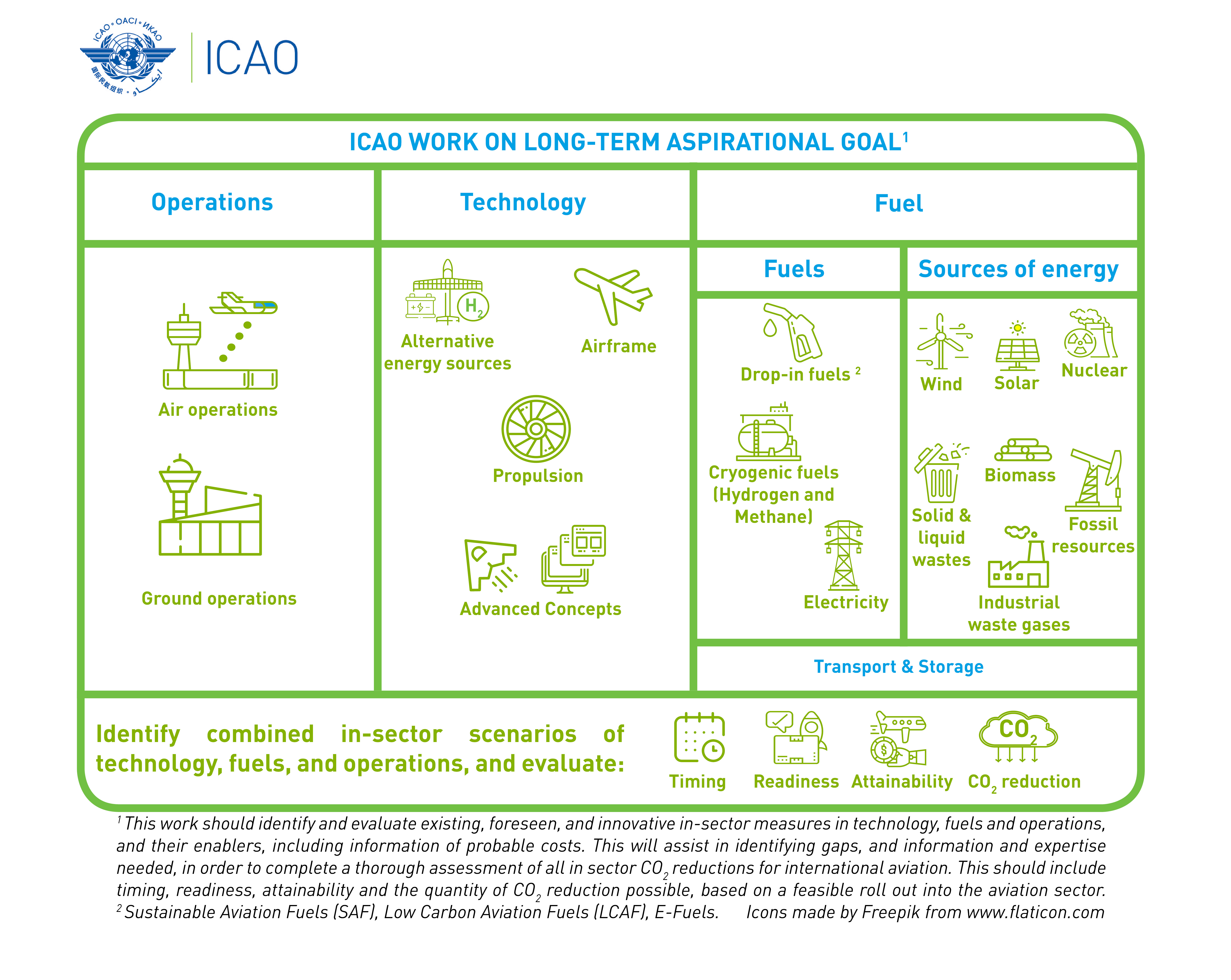
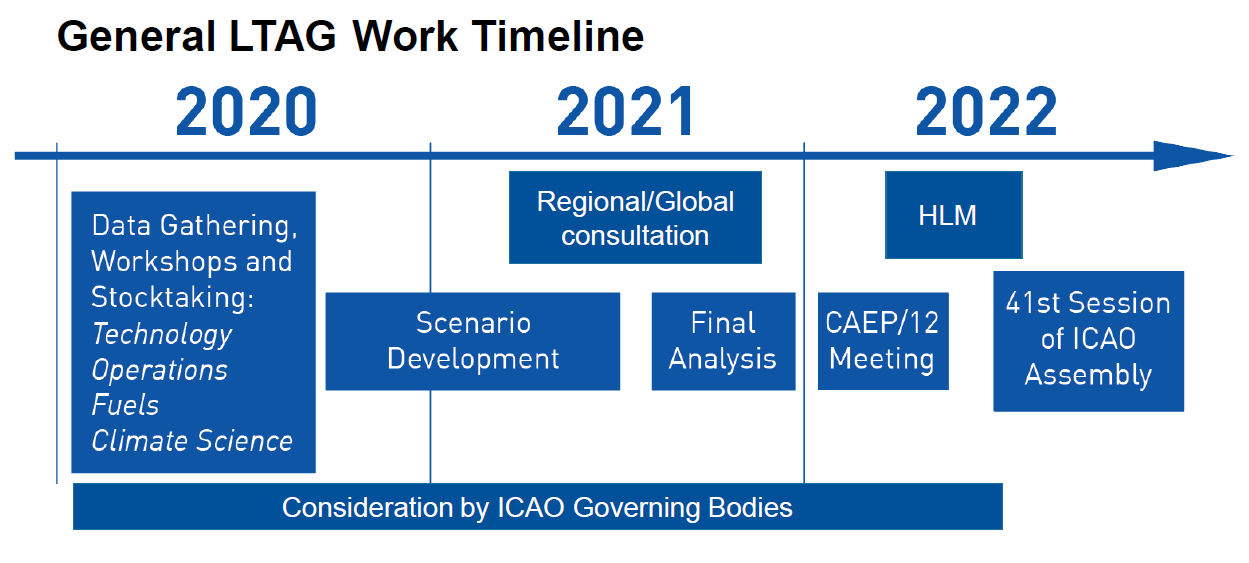
- Facilitate the involvement of relevant stakeholders outside the aviation sector to collect all information needed to support the exploration of the feasibility of a LTAG.
- Ensure that the best expertise is available for the assessment of the data, for the development of scenarios and for the assessment of the cost and benefits of scenarios.
- Keep ICAO Governing bodies informed and consulted during the process
- Ensure a transparent and inclusive process when consulting with States; and
- Provide a forum for the agreement of the possible options prior to the next ICAO Assembly.
